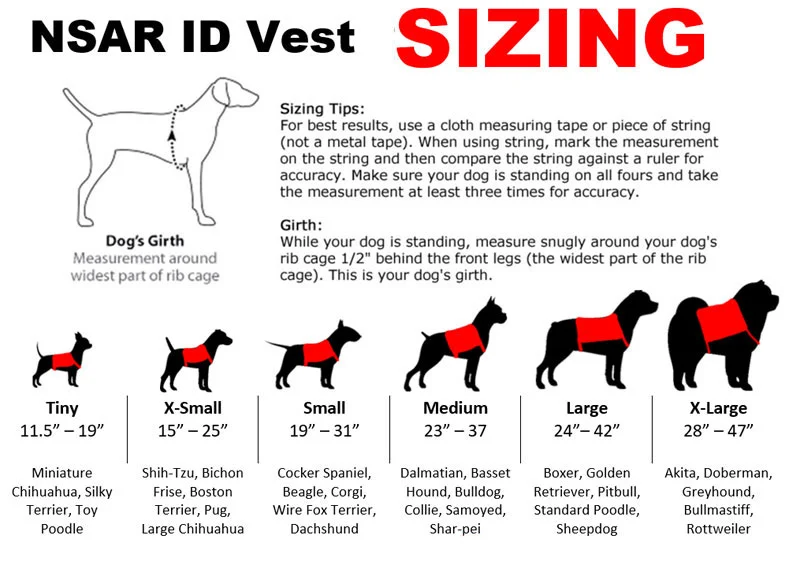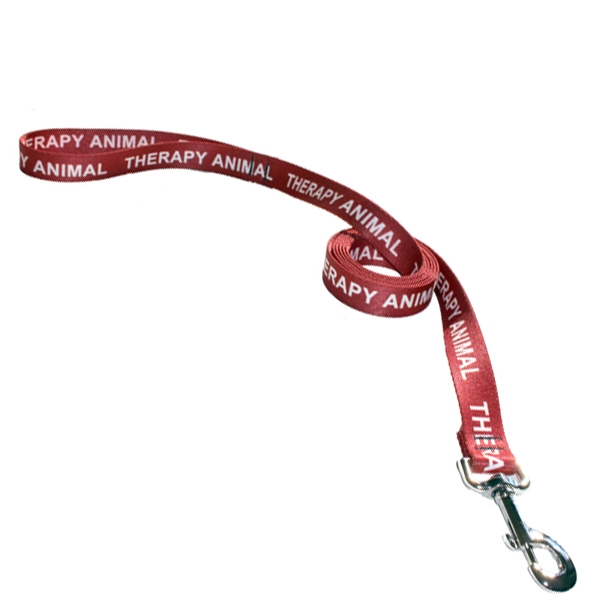How a Service Dog Should Behave in Public Situations

Service dogs serve a variety of purposes for individuals with disabilities. If you or your loved one has a disability, contact the best service dog registry to see how a service dog can help. A picture of Sully, President George H.W. Bush’s service dog, sitting beside the former president’s casket in the U.S. Capitol, illustrates the loyalty and obedience of these special dogs. If you have a service dog, you need to know how your dog should behave in public places.
Discipline
A service dog is allowed to go to places where dogs aren’t normally allowed. The dog must be disciplined at all times. Being certified as a service dog requires that a dog be partnered with someone with a disability and be trained to perform specific tasks. The dog must ignore distractions, whether it’s other dogs, people, sounds, or smells.
The dog should not sniff other people, animals, or objects unless it’s part of his or her duties-for example, when the dog is trained to detect allergens. The dog should never sniff just to explore the territory. An object or food on the ground shouldn’t even pique the dog’s interest. The dog should display an even temperament and never appear anxious or aggressive.
Focus
A service dog is trained to perform a task that will benefit an individual with a specific disability, such as muscular dystrophy, paraplegia, or diabetes. The service dog must remain focused on his or her trainer and the trainer’s needs.
Obedience
The service dog must be obedient. The dog should respond to the commands and cues of the handler quickly and appropriately. The dog must be alert for any emergency. In a restaurant or other public place, the dog will sit under a table or by the trainer’s side. The dog may change positions but otherwise is still.
Noise
The service dog should not make any noise. The dog should not bark, growl, or whine unless it’s necessary to get the attention of the trainer or perform a task for the trainer.
Leash
The service dog must walk well on a leash. The dog doesn’t pull or circle the handler unless it’s necessary to perform a task or is a form of communication with the handler. If the handler is performing a task, the dog will sit or lie still until the handler is ready to move.
Appearance
The service dog should be clean and well-groomed. You want the dog to make a good impression on others. Business owners must allow you and your dog to enter their businesses. Your dog’s appearance will go a long way in getting warmer welcomes from business owners.
Manners
The dog must be housebroken. The dog should not urinate or defecate in undesignated areas. The dog should never display aggressive tendencies. A business owner can exclude a service dog in 2 circumstances-if the dog is out of control and the handler isn’t able to correct the dog’s conduct, or if the dog isn’t housebroken and urinates or defecates in an inappropriate manner. Only the service dog can be excluded. The trainer can’t be forced to leave and must be allowed to make a purchase or obtain a service.
Contact the National Service Animal Registry at (719) 756-2634 about making your pet a service dog to assist you with a disability. We’ll explain how service dog registration works. Learn how a service dog can help you perform tasks to make your life easier.














































































